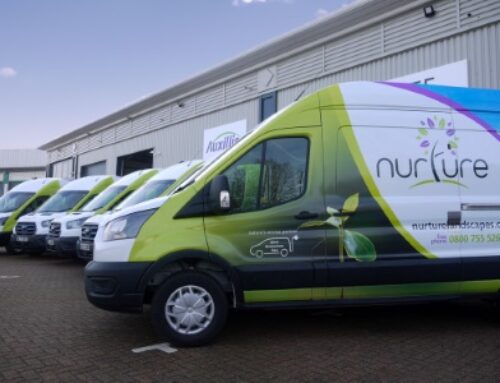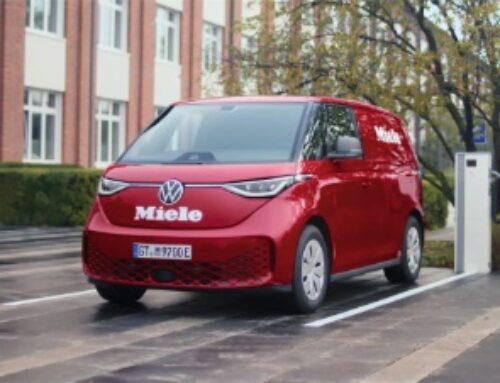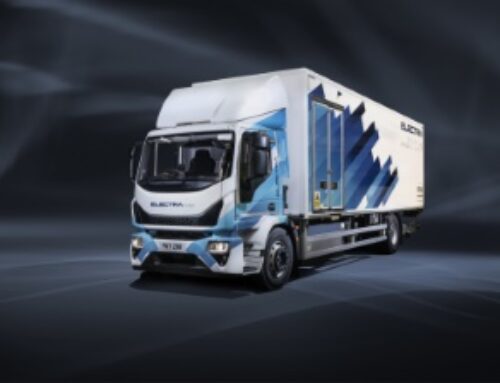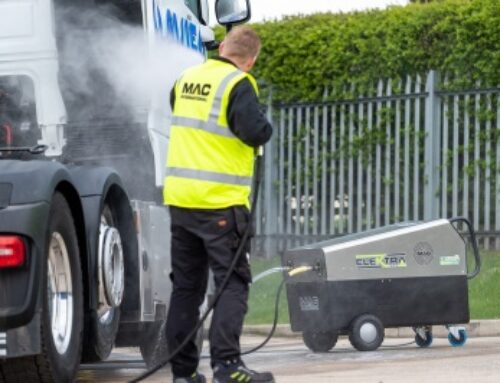Mobileye aids Abellio in collision avoidance
 Abellio, one of London’s bus operators, has implemented collision avoidance technology from Mobileye to help reduce risk to pedestrians and cyclists on the capital’s roads, as well as to cut the number of forward rear-end shunts.
Abellio, one of London’s bus operators, has implemented collision avoidance technology from Mobileye to help reduce risk to pedestrians and cyclists on the capital’s roads, as well as to cut the number of forward rear-end shunts.
After a thorough evaluation process, the retrofit technology was deployed on Abellio’s buses. The system is able to warn drivers of an impending rear-end collision with a car, truck or motorcycle; and of impending collisions with pedestrians or cyclists.
In addition, it warns drivers if the distance between a bus and a vehicle ahead becomes unsafe (headway monitoring and warning); monitors lane markings and warns drivers of unsignalled lane deviations; and recognises and reads speed limit signs, warning drivers when they are exceeding the speed limit.
Abellio presented its proposed collision avoidance technology to Transport for London (TfL) in its bid for funding from the Bus Safety Innovation Fund; winning bids were announced in November 2017. Together, Mobileye and Abellio then prepared a detailed project plan for approval by TfL.
Mobileye made various adaptations to its technology for London driving. For example, speed limits in London are set at 20mph on many streets, which is lower than the standard 30mph limit common in other urban areas across  the UK.
the UK.
As London buses are rarely able to reach a speed in excess of 20mph, neither the headway monitoring and warning nor the lane departure warning would have been operational, as their minimum activation speed is set by default at a higher speed.
But after thorough road testing, Abellio was very keen to see these alerts in use, particularly the headway monitoring and warning. Abellio felt that assisting its drivers to keep a safe following distance, even at speeds of 15-20mph, would have a real impact on reducing urban forward rear-end collisions, so Mobileye made this bespoke adaptation.
No less important than the technical issues themselves, says Mobileye, was the early involvement and training of the drivers’ union and the drivers themselves. The driver’s union was told about the proposed trial from the very early stages of the project, and this was critical to a smooth and driver-supported roll-out.
Abellio wanted to stress to its experienced drivers that the technology was being implemented not because they were bad drivers, but simply because distraction is something all drivers experience, especially those facing the daily challenges of urban driving mentioned above.
Introducing the drivers to the new technology and getting them familiar with it were crucial for the success of the project, as was continuing good employee communication and training.
Mobileye was installed in almost ten per cent of Abellio’s London bus fleet, operating on three bus routes.
The trial’s findings show a reduction in avoidable collisions of 29 per cent and a reduction in on-board injuries from avoidable collisions of 60 per cent. ‘Avoidable collisions’ are those in prevention of which the Mobileye technology is designed to assist – for example, the vehicle rear-ending the vehicle in front and not the vehicle being rear-ended by the vehicle behind it.
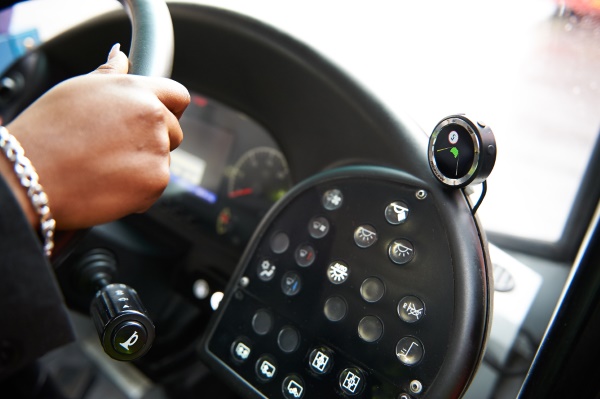 Since concluding the pilot, Abellio has rolled out Mobileye’s collision avoidance technology across its entire London bus fleet.
Since concluding the pilot, Abellio has rolled out Mobileye’s collision avoidance technology across its entire London bus fleet.
The reduction in on-board injuries may be attributable to the headway monitoring and warning alerts, says Mobileye. By encouraging drivers to keep a safe distance from the vehicle ahead, it also reduces harsh braking. It may also be attributable to the fact that those collisions which still take place are less severe, e.g. they occur at lower speeds.







